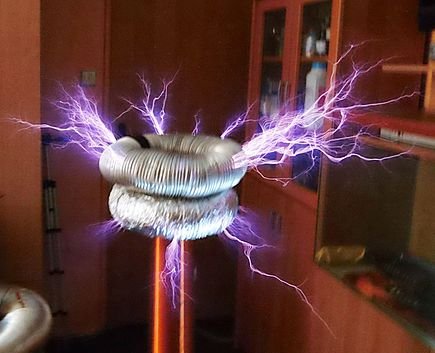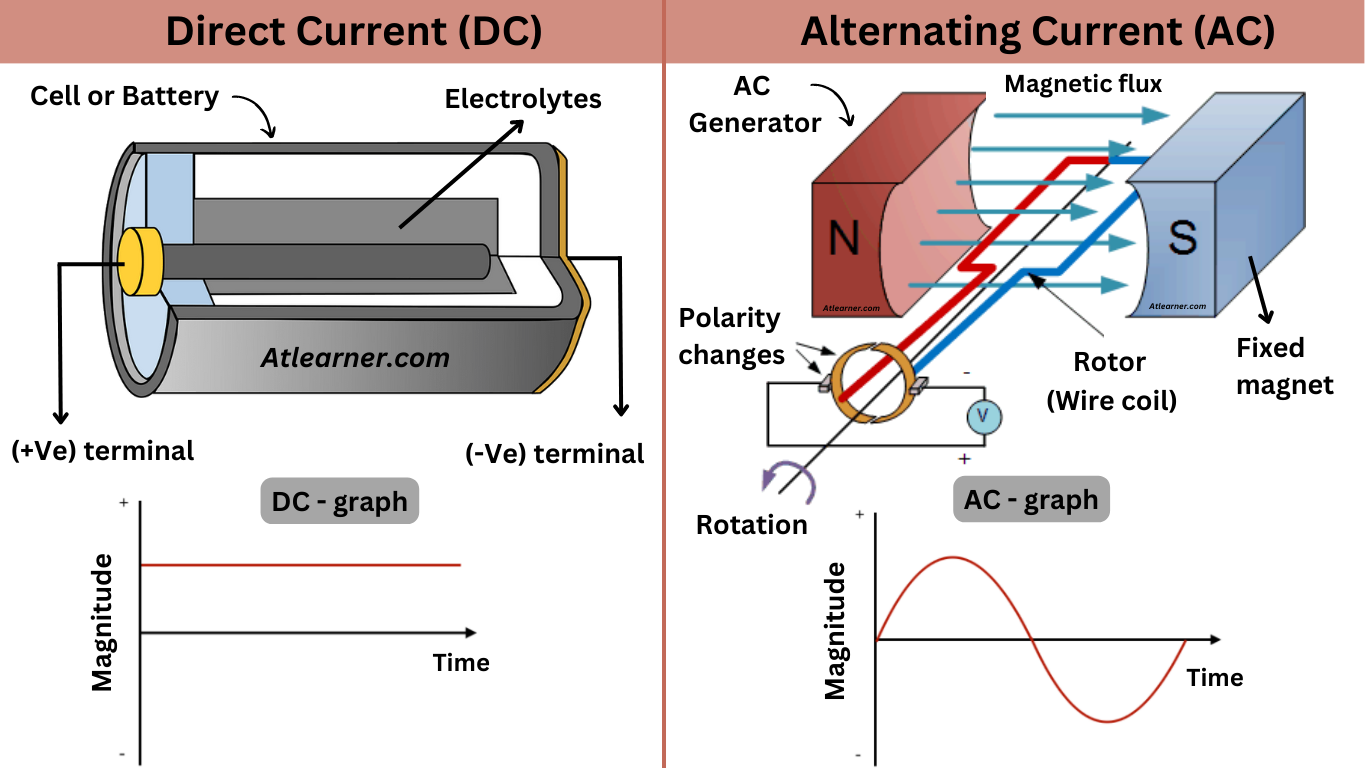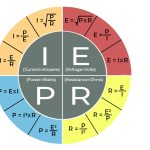Nikola Tesla is a scientist whose value was unknown in his time but whose value is understood today and who has thousands of inventions.
Nikola Tesla (1856–1943) was a Serbian-American inventor and electrical engineer known as the developer of modern alternating current (AC) electrical systems. It can be said that Tesla invented the electricity we use in our homes using a system called alternating current (AC).
Nikola Tesla Inventions
Although Nikola Tesla has thousands of inventions, we have listed the 10 most well-known inventions below.
- Tesla coil
- Alternating current (AC)
- Radio
- Radio Control Boats
- Induction Motor
- Neon lighting
- Shadowgraph
- The Tesla Turbine
- Hydroelectric Power
- Magnifying Transmitter
1. Tesla Coil
Tesla developed the Tesla coil, also known as an electrical transformer, in 1891. This is a high-frequency, high-voltage coil often used in educational demonstrations of electrical phenomena as well as in radio and television technologies.

2. Alternating current (AC)
The invention of alternating current (AC) was a major advancement in electricity generation and distribution. Alternating current (AC) is an electric current that periodically reverses direction. Unlike direct current (DC), which flows in one direction, AC changes direction 50 or 60 times per second.
The invention of alternating current allowed the transmission of electrical energy over long distances, which required very large diameter cables, which was not possible with direct current.

3. Radio
Tesla made a great contribution to today’s wireless communication with Radio transmission, which is the basis of wireless communication technology.
Tesla’s work on the radio was a rapid expansion of the work of Italian inventor Guglielmo Marconi, the widely recognized inventor of the radio. In the late 1890s, Marconi applied for a number of patents for his radio system. He later commercialized radio technology and established the first remote radio connection in 1901.
4. Radio Control Boats
Nikola Tesla invented radio-controlled boats, also known as remote-controlled boats. In 1898, Tesla demonstrated his radio-controlled boat invention at an exhibition at Madison Square Garden in New York City.
The boat was equipped with a radio transmitter and receiver, allowing it to be controlled wirelessly from a remote location. The boat could be steered and controlled by the operator, who used a small handheld device to send commands to the boat.
5. Induction Motor
Induction motor, also known as asynchronous motor, is a type of electric motor that works on the principle of electromagnetic induction. Thanks to this engine, a great breakthrough was made in the field of industry.
Nikola Tesla is credited with the invention of the induction motor in the late 1880s. The basic design of an induction motor consists of a rotor (rotating part) and a stator (stationary part). The stator has a series of coils that carry alternating current (AC) and create a rotating magnetic field. The rotor has a magnetic core with conductors short-circuited by a series of brushes.
6. Neon lighting
Nikola Tesla discovered in 1910 that when an electric current was sent through a tube filled with neon gas, it produced a strong, visible light. He applied for a patent for a neon lighting system in 1915, and this system was approved in 1925.
Tesla’s invention contributed greatly to the spread of neon lighting. It also paved the way for gas discharge lighting. In his first demonstration, Tesla used a small glass tube filled with neon gas, which he illuminated using a high-voltage electric current.
7. Shadowgraph
Shadowgraph is a device invented by Nikola Tesla in the late 19th century. Shadowgraph was a tool for visualizing and analyzing moving objects because it could create a shadow image of an object.
In other words, the shadowgraph was a high-speed camera that could take several photos quickly. Shots capturing the movement of the object were then projected onto the screen to create a shadow image of the moving object. It has become a very useful tool for scientists and engineers due to its ability to view the movement and change of an object in real time.
8. The Tesla Turbine
The Nikola Tesla turbine is a bladeless turbine. The Tesla Turbine produces power instead of traditional turbines by spinning a series of smooth disks on a shaft that requires blades.
Thanks to this different design, which has fewer parts and reduces friction, this turbine is more efficient compared to traditional turbines. The Tesla Turbine works on the principle of separation of the boundary layer by passing a fluid such as air or water through the disks and creating a pressure difference between the front and back.
9. Hydroelectric Power
Using water to generate electricity was always on Tesla’s mind, and so he designed a device that could capture the kinetic energy of falling water to generate electricity.
In 1895 he devised a plan to use the energy of Niagara Falls to create an electrical transmission network. He developed and built a series of generators and turbines erected at the base of the waterfall to control the flow of electricity.
10. Magnifying Transmitter
The magnifying glass transmitter was a concept developed by Nikola Tesla for a type of high-power electrical transformer. Tesla believed that the magnifying transmitter could be used to transmit electrical power over long distances without the need for wires.
The basic idea behind the magnifying transmitter was to produce an intense electromagnetic field using a high-voltage, high-frequency electrical generator. This field will be transmitted through the air to a receiver where it will be converted back into usable electrical power. Tesla believed that this process would be much more efficient than the traditional method of transmitting electrical power through wires, which he believed was wasteful and inefficient.




